
End-to-end product design
Friendly & approachable
Work with our directors
Cost-effective & ethical
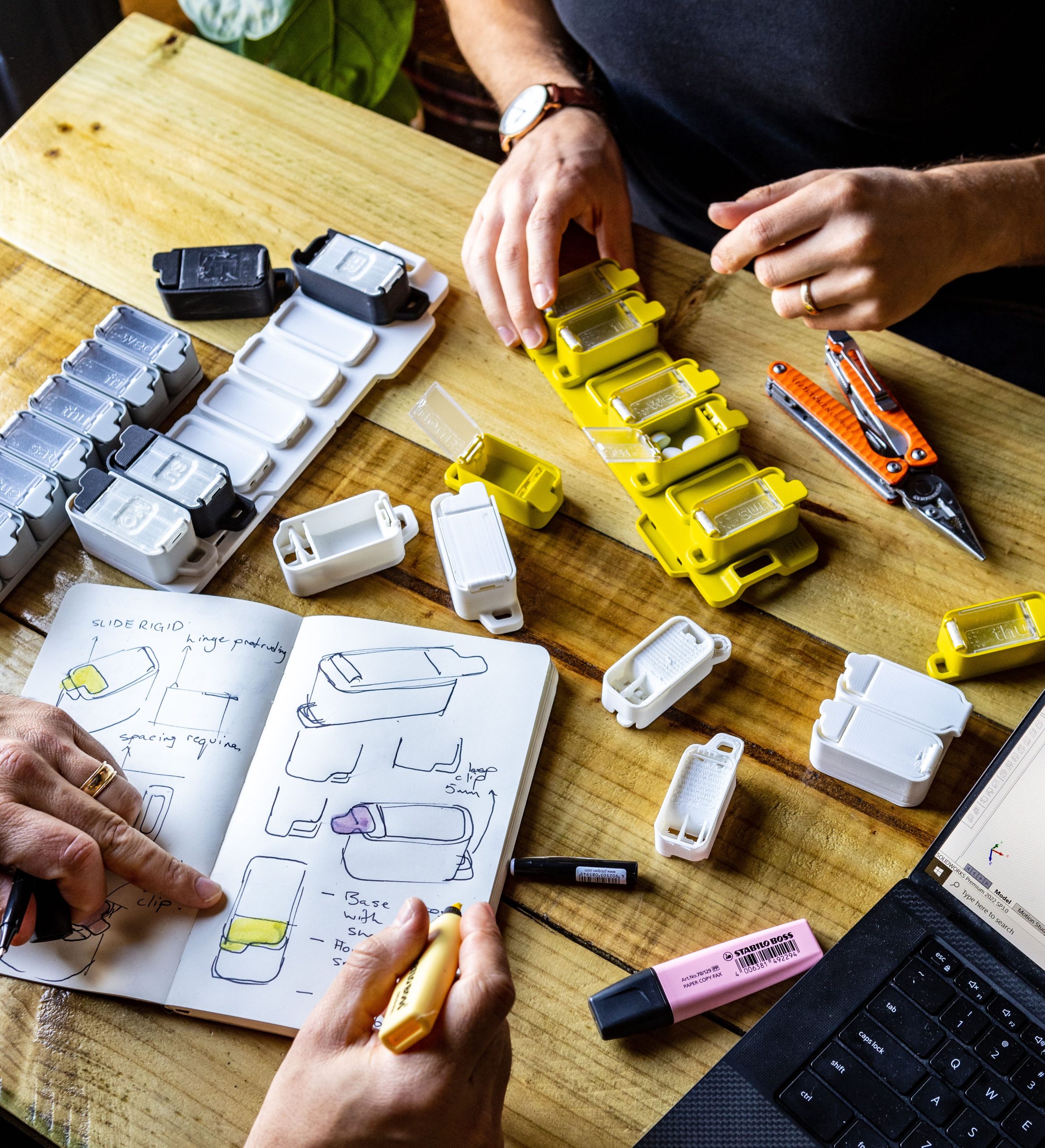
What is Product Prototyping?
Prototyping is an important stage before you begin manufacturing a product. It involves putting together your product’s first few 3D working models so you can see the concept and designs in action. You can also present a prototype to your funding partners or board of directors to secure the funds and approvals you need to start manufacturing your product.
Rapid prototyping is our preferred methodology. Despite our ability to produce an initial, fully-functioning prototype in a fraction of the time, we don’t take shortcuts. The prototype will be high quality and match your desired aesthetics.
Troubleshooting issues before you start manufacturing will not only prevent costly mistakes but also allow you to launch your product with confidence, knowing it meets all your quality standards and desired aesthetics too!
View Our Collection of High-Quality, Aesthetic Prototypes
Prototypes bridge the gap between concept and production.
A well-researched prototype can save you thousands. Browse our range of prototypes and products we’ve helped our clients create. You’ll notice one thing in common; we never sacrifice quality or engineering integrity.
No matter your industry, we can help prototype your product idea with the same level of engineering excellence our firm is known for.


EWS – Telemetry Tilt Meter
Commercial, Environmental, Industrial Design, Prototyping
SEAVU – Cable Reel
Consumer, Industrial Design, Manufacturing, Prototyping, Research & Concept Design
Baby Patent – Aqua Scale
Consumer, Industrial Design, Product Engineering
First Pack – Powerpack
Commercial, Industrial Design, Product Engineering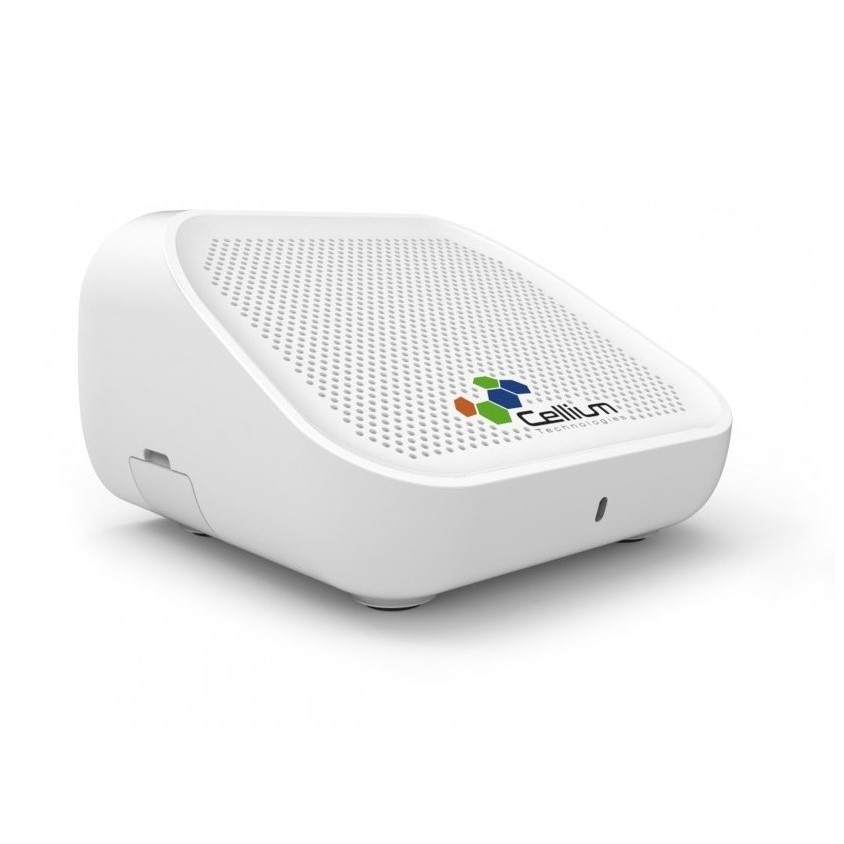
Cellium – Indoor wireless system
Commercial, Industrial Design, Product EngineeringLet’s bring your product to market
Our Prototyping Process
Prototyping can be an expensive endeavour. Our approach prioritises research and engineering to save you from costly mistakes down the track.
You will likely need a handful of prototypes as we improve on the designs and concepts until your product is ready to be manufactured. Learn all about our rapid prototyping approach below.
Timeframe: Typically 8 weeks
Inclusions: Rapid prototyping, prototype testing, and perfecting the aesthetics.
Ideal if you need a:
- Proof of concept to get buy-in from investors or a board of directors
- 3D physical product you can test out
- Final, fully-functional prototype prior to manufacturing
1
Concept Development
After our initial consult, we’ll get to work researching and providing you with a detailed design plan that overcomes key challenges for bringing your product to market. Concept development is a crucial step before prototyping.
2
Low-Fidelity Initial Prototypes
We typically make one or two prototypes in-house using 3D printing technology or CNC milling. These prototypes are not designed to function like the finished product, though they will be of a high standard, and the aesthetics will match the designs.
3
Testing & Feedback
You’ll get a chance to test out each of the initial prototypes and provide feedback to help us refine the designs. We can tweak the look and feel or make the product more ergonomic.
4
Remake Prototypes
By integrating all of your feedback, we will remake the prototypes and refine the aesthetics and designs to suit your preferences. Once again, these prototypes will not function like the completed product though they will be of a high standard.
5
High-Fidelity Final Prototypes
We can remake prototypes as many times as needed until you’re confident to proceed with manufacturing. The final prototypes will be created by the manufacturing company and will look and function almost identically to the final product.
6
Final Testing
If we assist you with manufacturing the product, we will complete final tests in-house to ensure the manufacturer has understood the design details correctly and the product functions as it should.
Industries We Work With
Brands We’ve Worked With
Prototyping Case Studies
EWS Monitoring
A rugged, sleek IP68 enclosure
A grass-roots Australian company, EWS are expanding in global markets and wanted designs that would match the magic of their technology.
The EWS product line integrates powerful wireless IoT monitoring technology with highly accurate sensors for remote monitoring across a range of environmental and structural applications.
The enclosures are designed for ultra-rugged environments, with IP68 protection and UV resistance. Modern yet practical, they feature versatile mounting and integrated antennas, supporting diverse global deployments from Canadian floods to Brazilian mines.
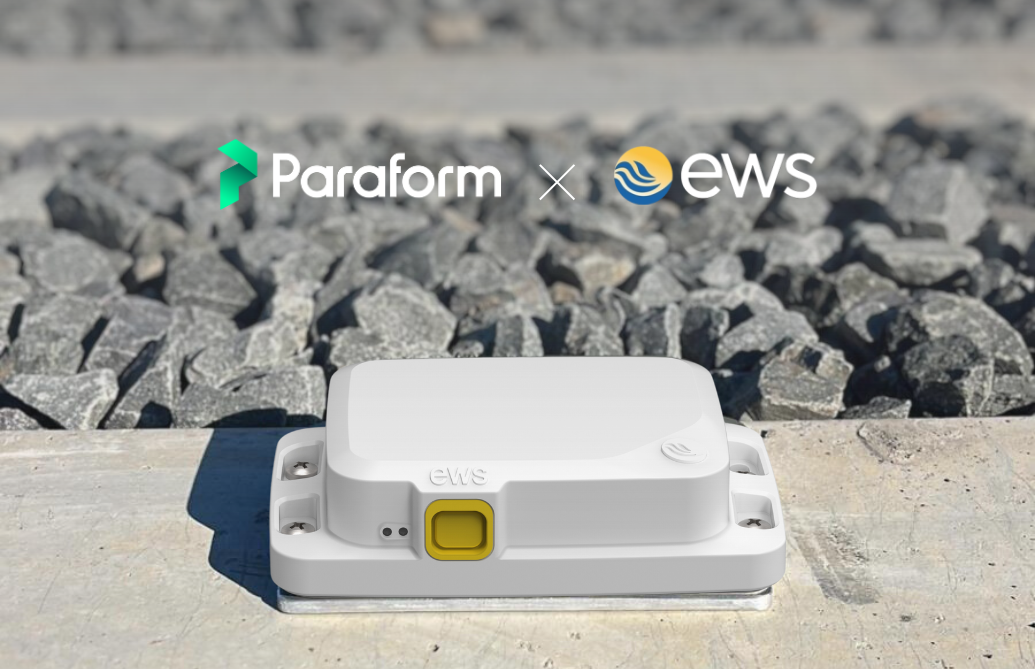
SEAVU Explorer
A revolutionary platform bringing cutting-edge underwater videography within everyone’s reach.
The SEAVU Explorer is the first product that makes underwater live-viewing and videography from a boat truly accessible to consumer markets.
Designed for a wide range of use cases, from boating and fishing to research and documentary filmmaking, it enables users to connect with the mysteries of the deep from the comfort of their boat.
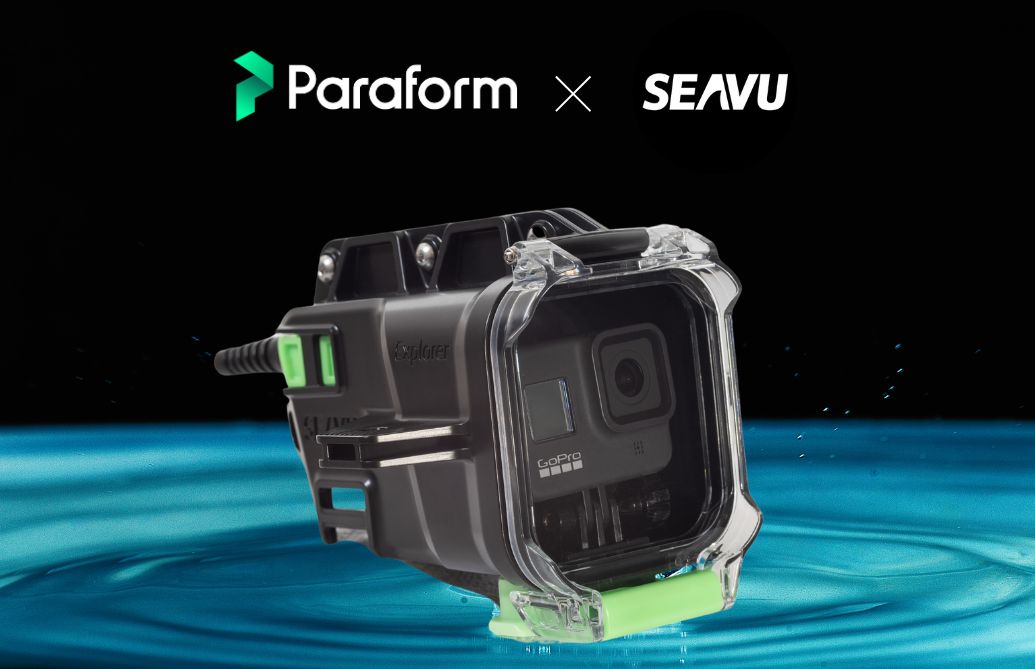
Why Choose Us?
-
 Work with our directors
Work with our directorsBy choosing Paraform, you can rest assured knowing our knowledgeable directors are overseeing your project from start to finish.
-
 Reduce defects
Reduce defectsBy taking the time to engineer your prototypes properly, we can assure you of a higher-quality product that’s well-crafted and unparalleled.
-
 Fast, in-house prototyping
Fast, in-house prototypingWe work fast and can have an initial prototype in your hands in no time. We produce many prototypes in-house to help iron out potential issues quickly.
-
 Ensure manufacturability
Ensure manufacturabilityOur prototyping service is designed to ensure successful manufacturing. We’ll thoroughly test and iron out the kinks, so you avoid costly mistakes during manufacturing.
Let’s bring your product to market
Why Our Clients Love Working With Us


Types of Prototype Development Methods We Use
3D Printing Prototypes
Our in-house 3D printing services allow us to deliver fast and cost-efficient prototypes. In industrial design, 3D printing is commonly used to transform two-dimensional plans into a 3D product you can see and touch.
Your 3D printed prototype can feature both plastic and metal components that have been constructed layer by layer. A laser may also be used for heating and sintering powdered materials.
Our 3D prototyping service is agile and lean, allowing us to iterate on the design and quickly remake your prototypes after integrating your feedback.

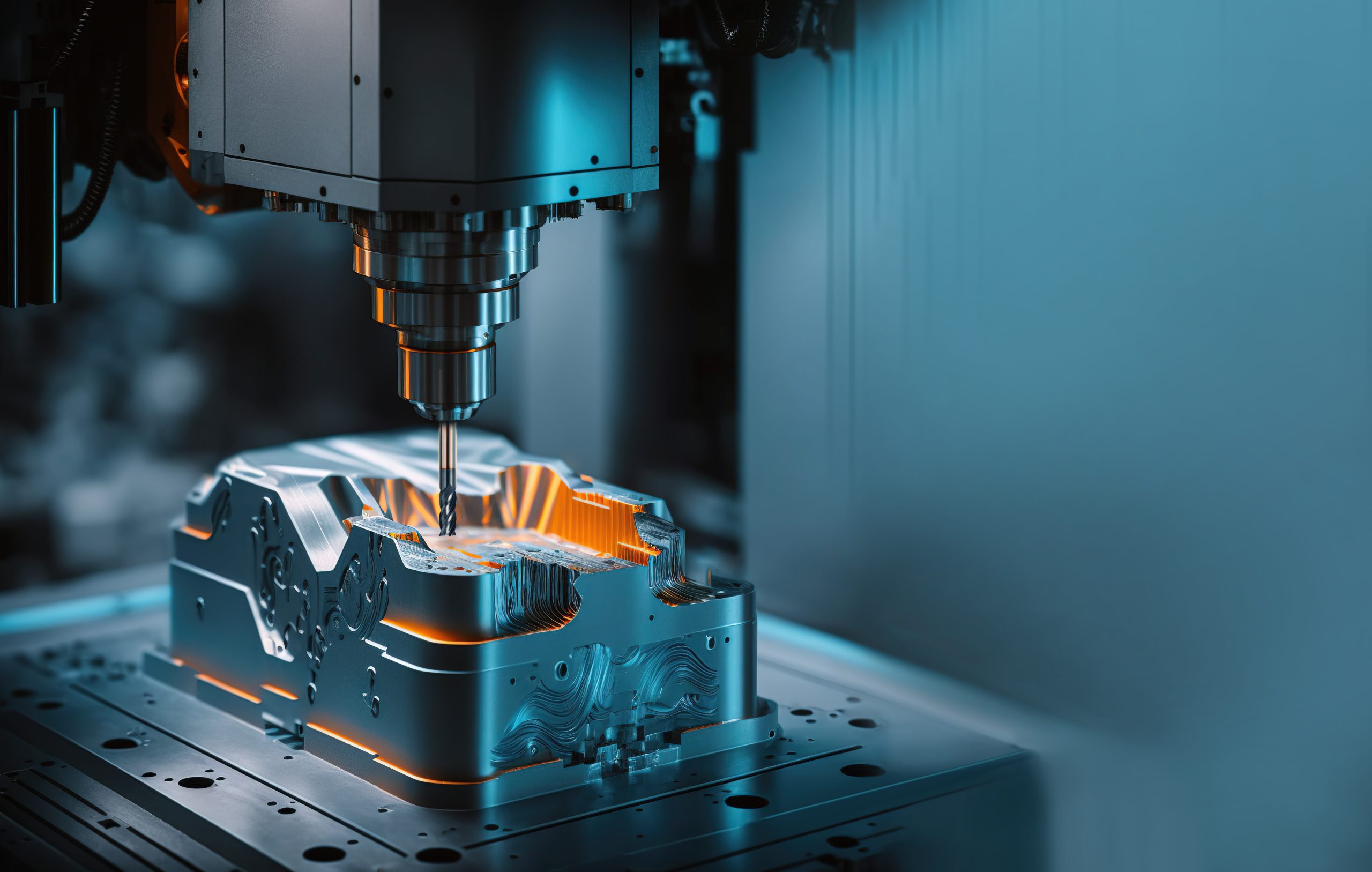
CNC Rapid Prototyping
In addition to a 3D printed prototype, we also deliver CNC rapid prototyping in-house (either as a standalone method or in combination with 3D printing). CNC stands for “Computer Numerical Control” and is a manufacturing process that uses pre-programmed software to guide a factory machine to build a product or prototype.
Therefore, rapid CNC prototyping requires a 3D CAD drawing which includes instructions for the machine to understand how to operate when creating the product.
The most significant difference between CNC milling and 3D printing is that one is designed to remove material while the other adds material. No matter which method your product needs, we can deliver a quality prototype with a high degree of control and precision.
Rapid Prototype Casting
Some products may benefit from rapid prototype casting. Rapid casting integrates traditional casting methods, like investment casting and 3D printing.
If your product requires a mould you can use to cast metal components, we may consider rapid casting for your prototypes. However, we do not use this method for the initial prototypes as there is a significant upfront cost in having the casting die made.
Once we’re ready to create high-fidelity prototypes, which are near identical to your finished product, we can liaise with the manufacturer and determine if rapid casting is necessary for your project.
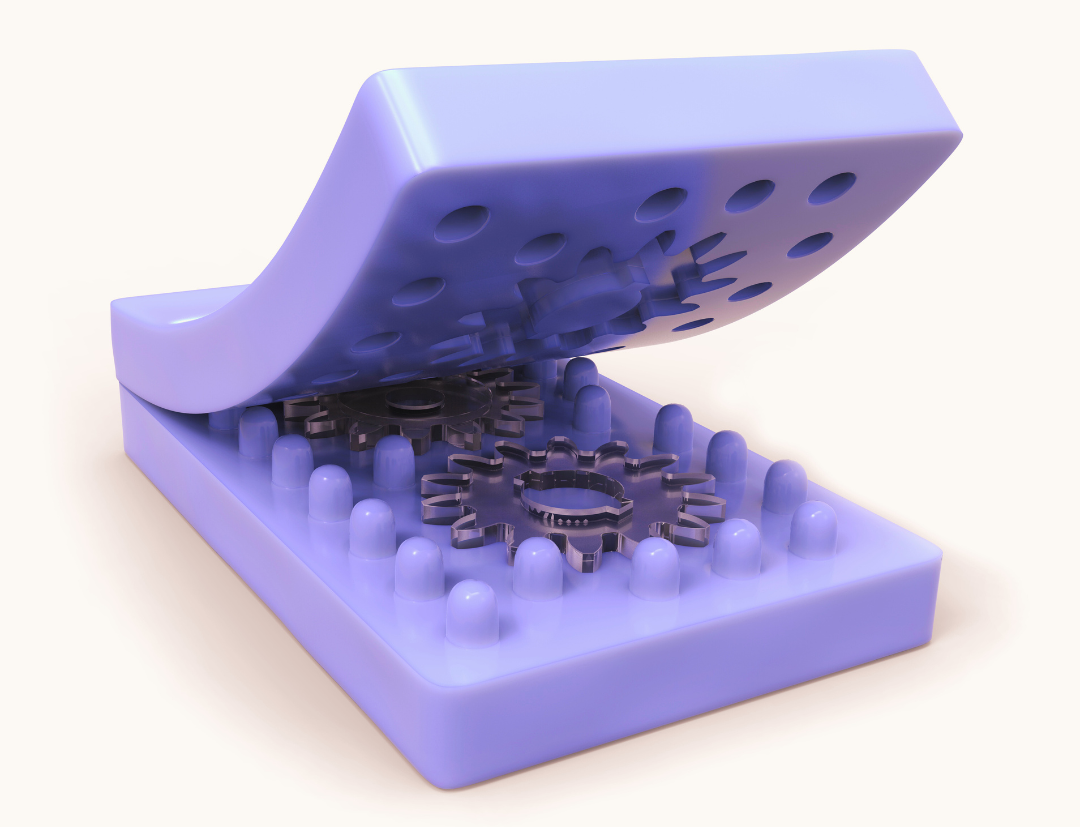
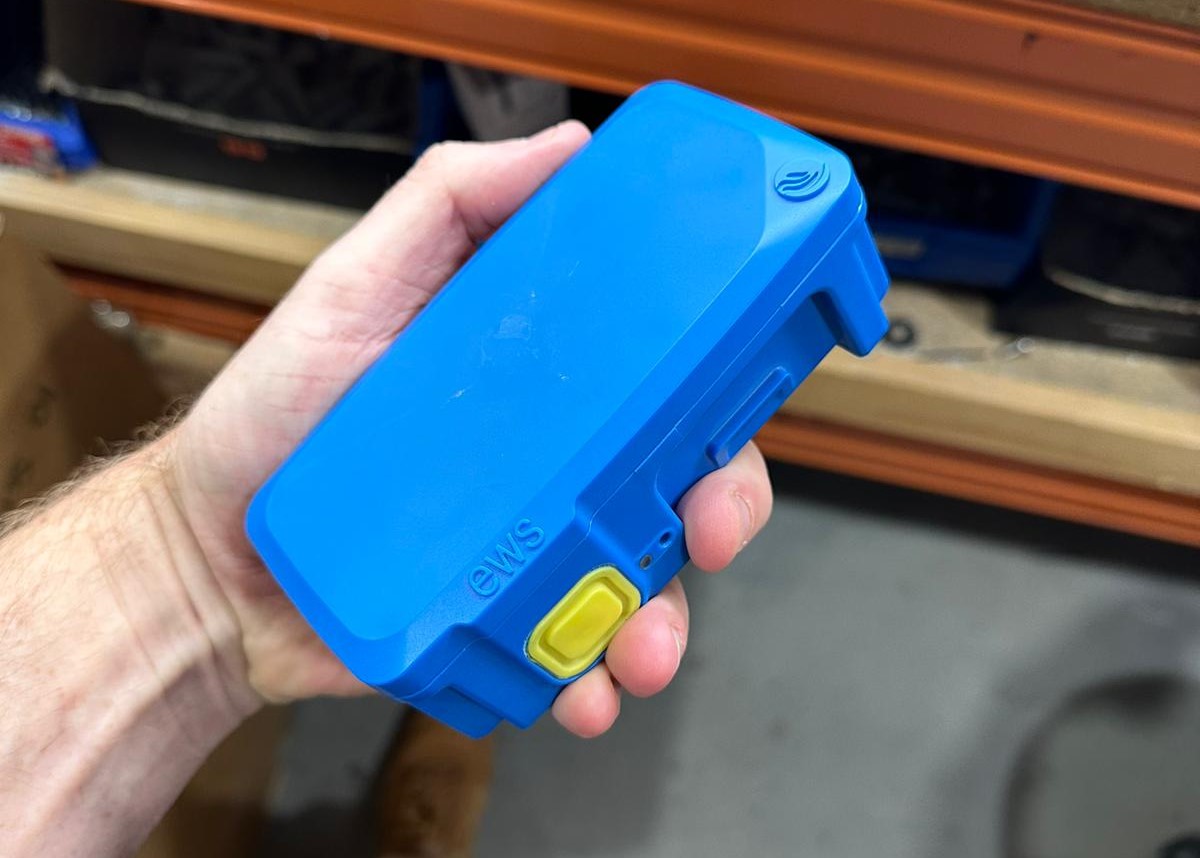
Plastic Rapid Prototyping
We’re masters when it comes to plastics manufacturing and prototyping. We design our products with environmentally-friendly materials as much as possible and apply the same to our plastic rapid prototyping service.
Rapid prototyping plastic parts and products is easier and more cost-effective than a method like casting. We can use either 3D printing or CNC machining to create plastic prototypes that look and function how you would like them to.
FAQs
Is prototyping expensive?
How many prototypes does your service include?
Will my prototypes look and function like the final product?
How long does it take to receive my prototypes?

Let’s bring your product to market

























